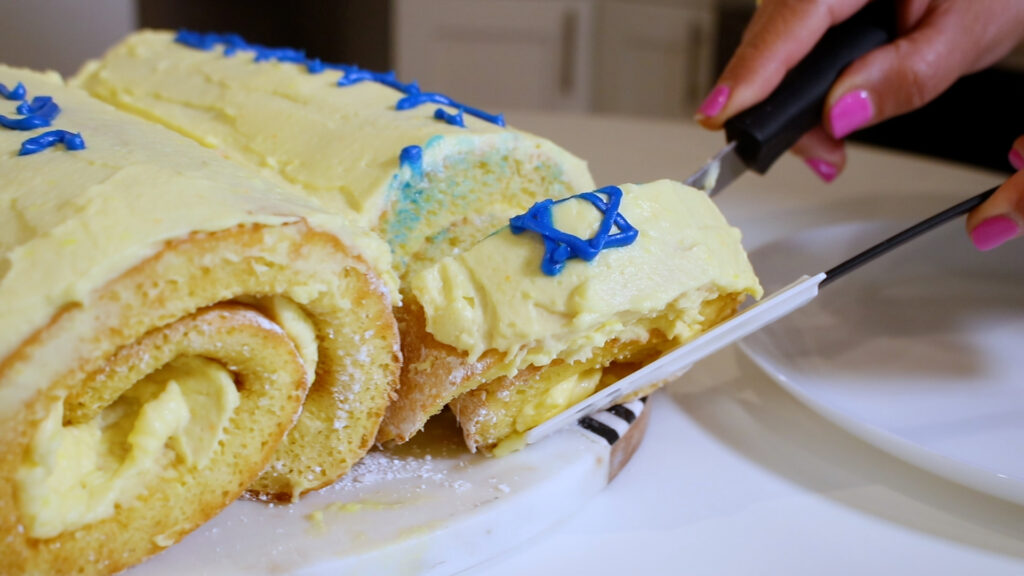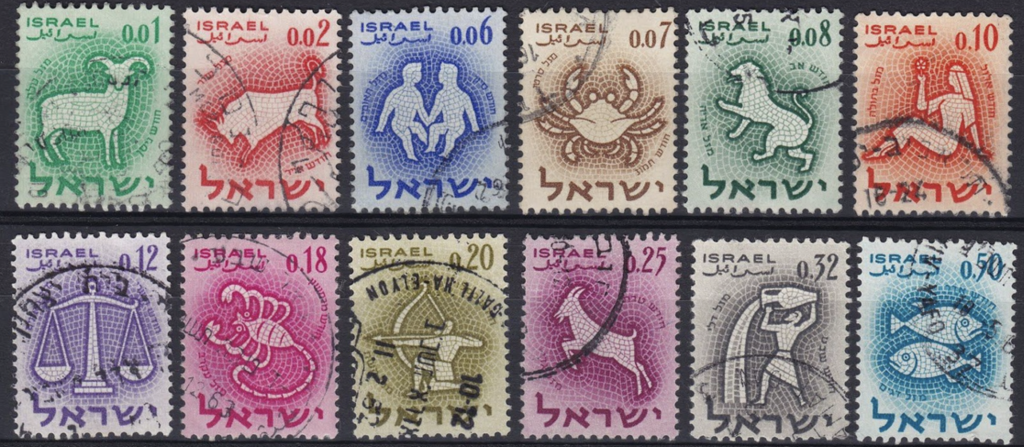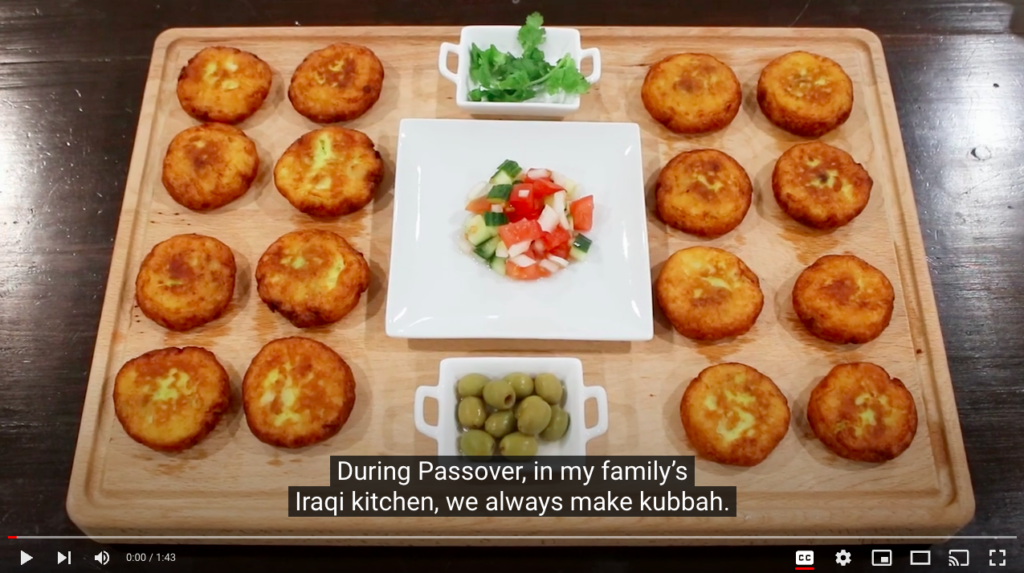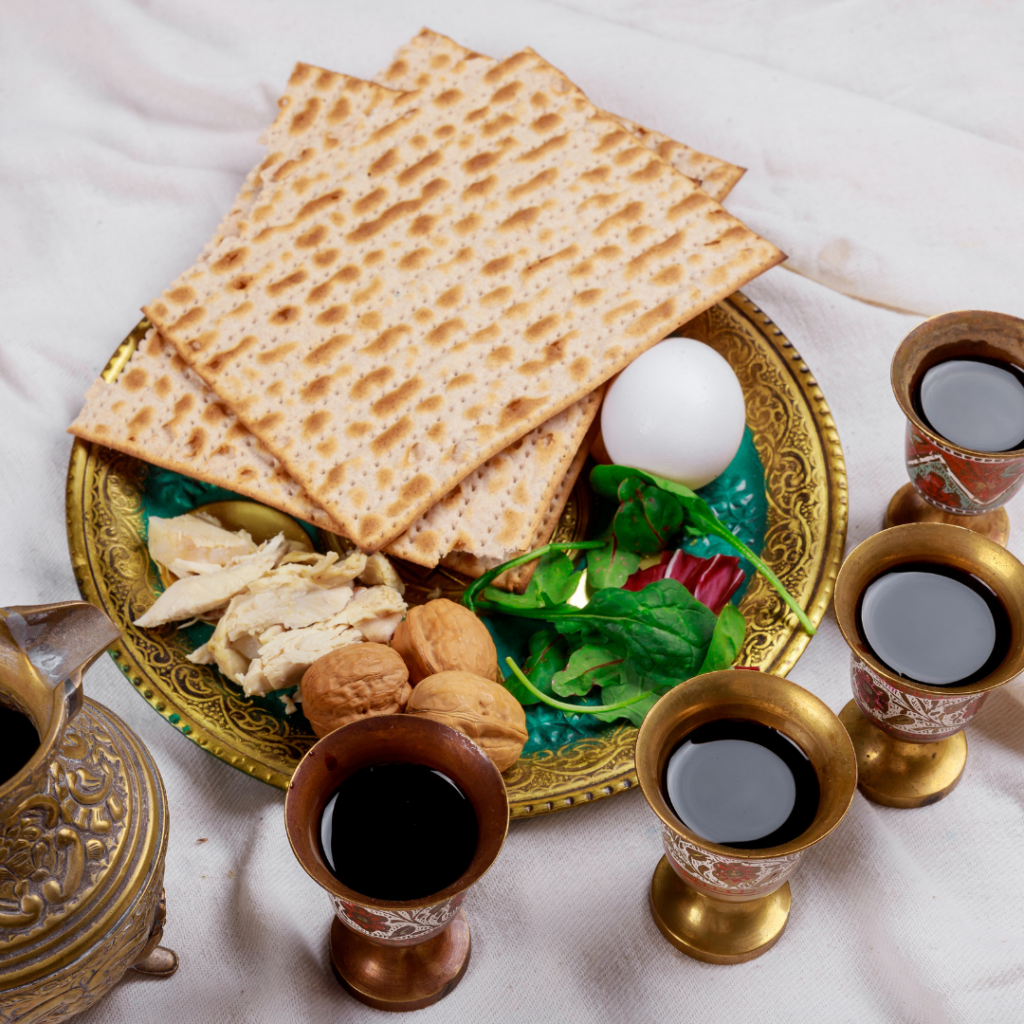
Trudging Towards Revelation, Climbing the Golden Mountain
Forty-nine days ago, we began an annual journey, and now we’ve arrived. We’re here at the foot of Mount Sinai. The Jewish people prepare for this moment

Forty-nine days ago, we began an annual journey, and now we’ve arrived. We’re here at the foot of Mount Sinai. The Jewish people prepare for this moment

Make room for a new dessert at your Shavuot table, right between the cheesecake and blintzes – a Torah Scroll roll cake of milk and honey.

Rabbi Maurice Harris, Associate Director for Thriving Communities and Israel Affairs Specialist, researched and compiled this report on the breadth and variety of Israel-related activities taking place in many different organizational arenas across the Reconstructionist movement from January 1, 2020, to December 31, 2022.

This lively teaching chironomy, talmudic gestures, shtetl dance, and hassidic prayer as well as Jewish teachings about the human hand.

This resource is an opportunity to learn about Israeli culture, history and modern achievements by exploring its postage stamps. These stamps were collected over the years, and each one tells a story… you can do this activity alone, with a Havruta partner online/in person, as a family, or in a

During Passover, in my family’s Iraqi kitchen, we always make kubbah. For us, like in other middle eastern kitchens, Kubbah is a big deal. Its not just a food, it’s an artform, and it’s eaten year-round, cooked, or fried, with different fillings and wrappings, seasonings and textures.

Washing our hands is an ancient Jewish practice, going back to the days of the Temple, when the priests purified themselves before performing rituals. Today, we are also called to wash and purify our hands before we perform rituals such as the ones during the Passover seder. During the seder, traditionally, we wash our hands three times: No matter how many times we wash your hands during the seder, this kavannah will bring important intention to our ritual washings.

Are you looking for a sense of purpose and inspiration? Articulate an organizing principle for your life? Connect to an ancient lineage of courage and hope?
Drawing on the wisdom of the Prophet Micah, Rabbi Barbara Penzer shows how loving encounters with others, sensing their pain, can help bring about a more just world. Rabbi Penzer discusses how Micah’s optimism in the face of tragedy speaks directly to our own times.